Sustainable Yoga Practice for Healthy Aging
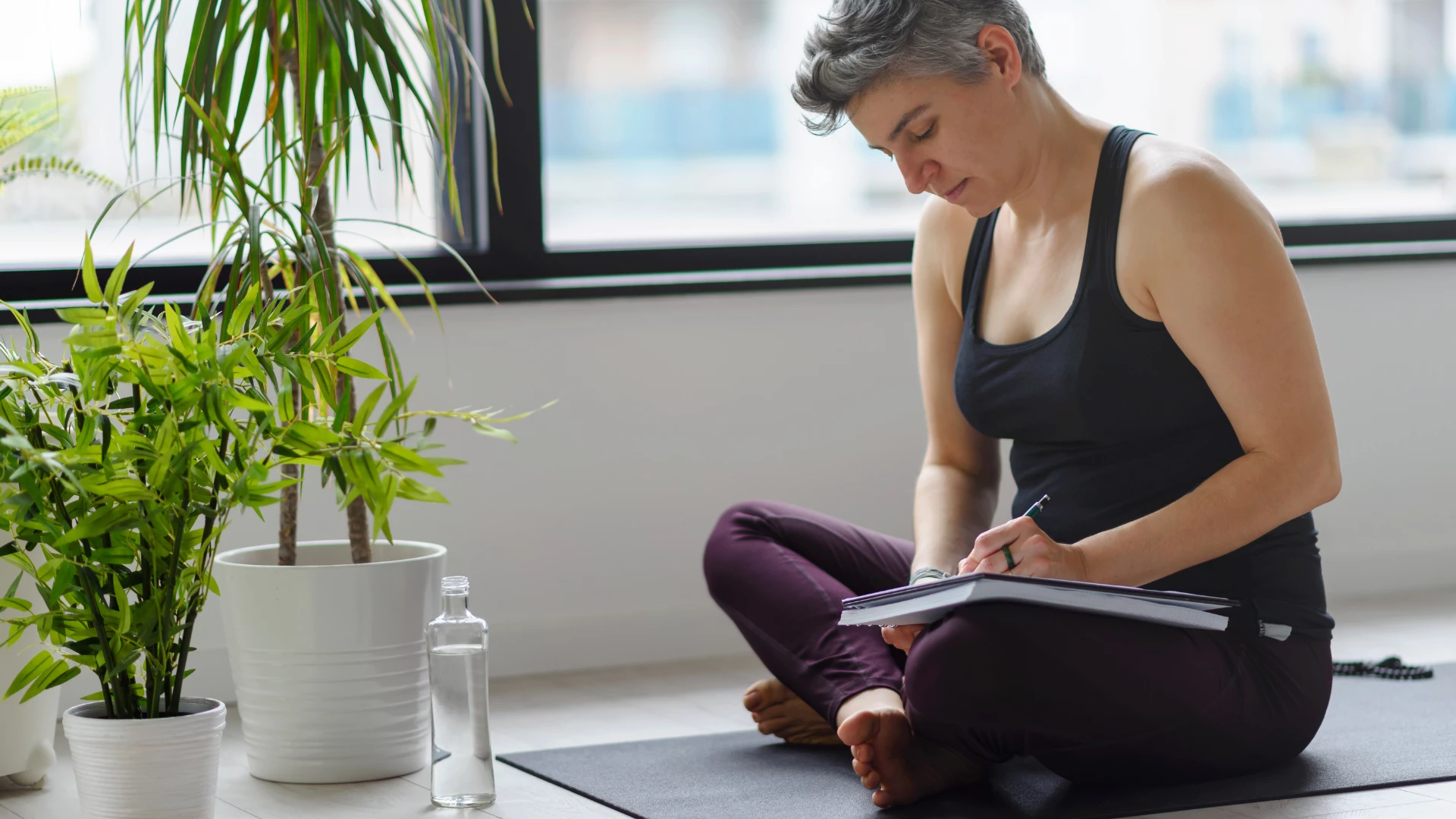
Article At A Glance
When I was younger, I occasionally attended yoga classes taught by people with stunning acrobatic skills. I would think, “That’s beautiful, but there’s just no way …” I started to secretly call those classes “Last Man Standing Yoga” because the poses keep getting harder and harder. Students start dropping like flies. Eventually, only the teacher is left performing, the rest of us eating dust. It was hardly a sustainable yoga practice for most people in the room.
I struggled with feeling like a sub-par teacher. What was I supposed to do, get a hamstring transplant?
Hypermobility is Not Always a Gift
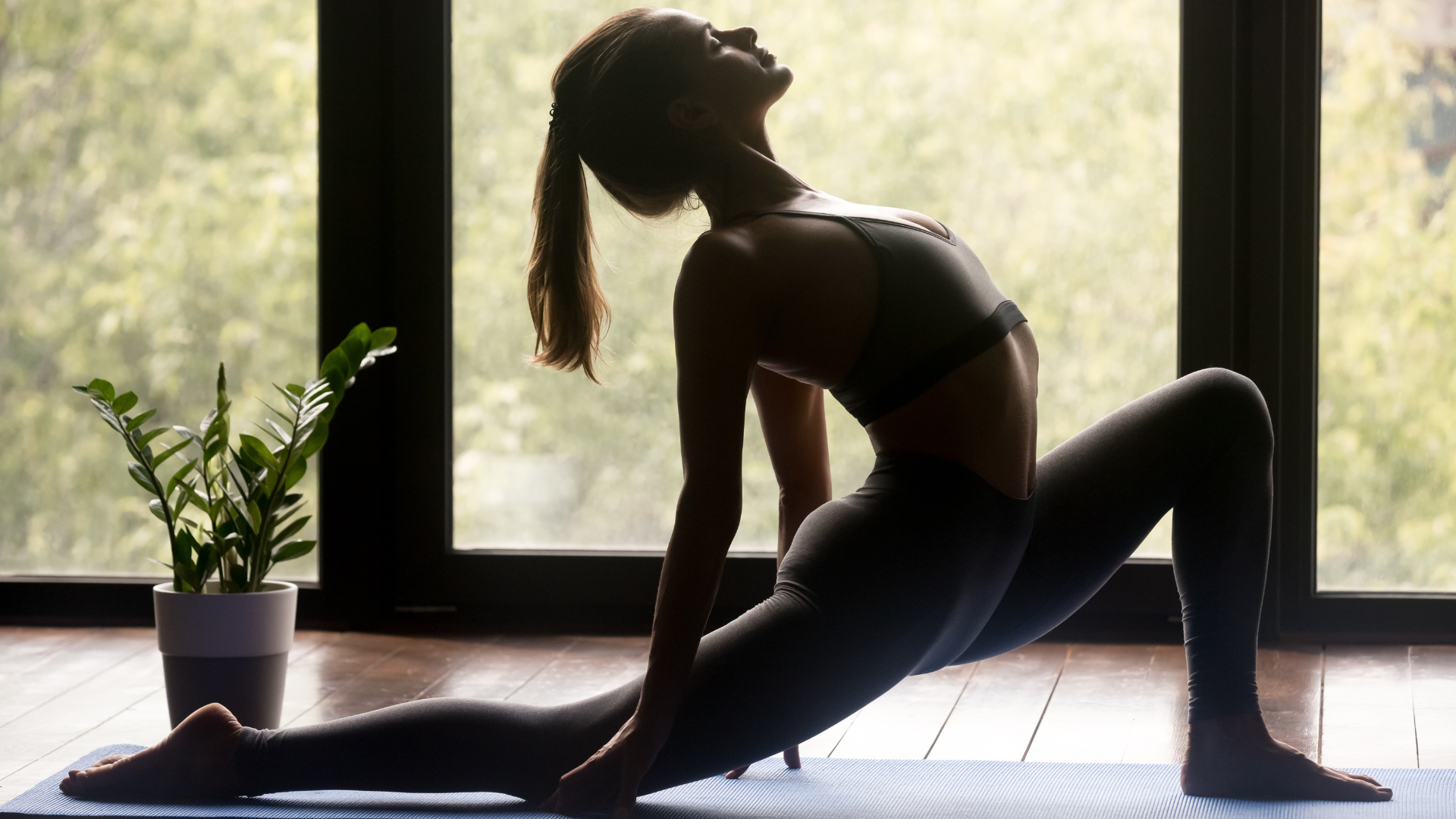
I had to get better at understanding, embodying, and explaining the rationale for teaching differently in a way that helps people dismantle the obsession with hypermobility and acrobatics. I got labeled the gentle or beginner teacher, which at the time was hurtful, but I now see it as a compliment. Thank you very much.
Pretty early on, I learned something that, in yoga circles, tends to get swept under the yoga mat. Hypermobility is genetic, and it’s not necessarily a gift.
One of my friends was a hypermobile teacher. While she was wonderful and hugely popular, she developed all sorts of joint problems and pain that she kept secret. I remember her telling me that she just needed to stretch more. But she was wrong about that. Eventually, she realized she had to change how she practiced and taught. She still works hard to heal her injuries from those days—and curses her younger self’s cluelessness. Don’t we all?).
A More Sustainable Yoga Practice
While I felt empathy for her—and many others who’ve followed—I also felt a little grumpy. Hypermobile teachers were commandeering packed classes and promoting dysfunctional, inaccessible movement—unhealthy for hypermobile students, on one hand, and shame for the non-hypermobile on the other (risky for both). They cashed in on the largely unspoken edict that hypermobility was an asset, something to strive for, and the hallmark of a good yoga teacher, the goal of practice.
That was about 20 years ago. While hypermobility still dominates yoga in the U.S, it’s inspiring to see how much has changed and how many more choices there are now. I think it’s partly because so many of the people who were attracted to yoga in the 1990s and 2000s are getting older. They simply have to find a more sustainable yoga practice.
Obsession with Youth vs. Reality of Aging

Aging is the inevitable reality of life (and, needless to say, better than the alternative). Although I’d been an advocate for accessible yoga basically since I started teaching, a few years ago I realized that the ability to rethink, reframe, and embody the positive aspects of aging was going to be equally essential if I want to keep advocating.
We live in a youth-obsessed, death-denying, death-defying culture. In addition to my Facebook, Instagram, and YouTube feeds screaming at me with images of youthful hypermobile yoga poses. They are also really screechy about face creams, push-up bras, miracle weight loss diet plans, and devices promising to rid me of my unsightly turkey neck. Lucky for me, advertisers understand that reversing gravity’s effect on my face, boobs, belly, and neck will finally give my life the meaning and purpose I’ve always longed for.
Women are subjected to a lifelong barrage of advertising aimed at our insecurities. Aging women are additionally assaulted with messages that we are losing value, so if we don’t respond, that loss will accelerate.
Sustainable Yoga Practice Lasts a Lifetime
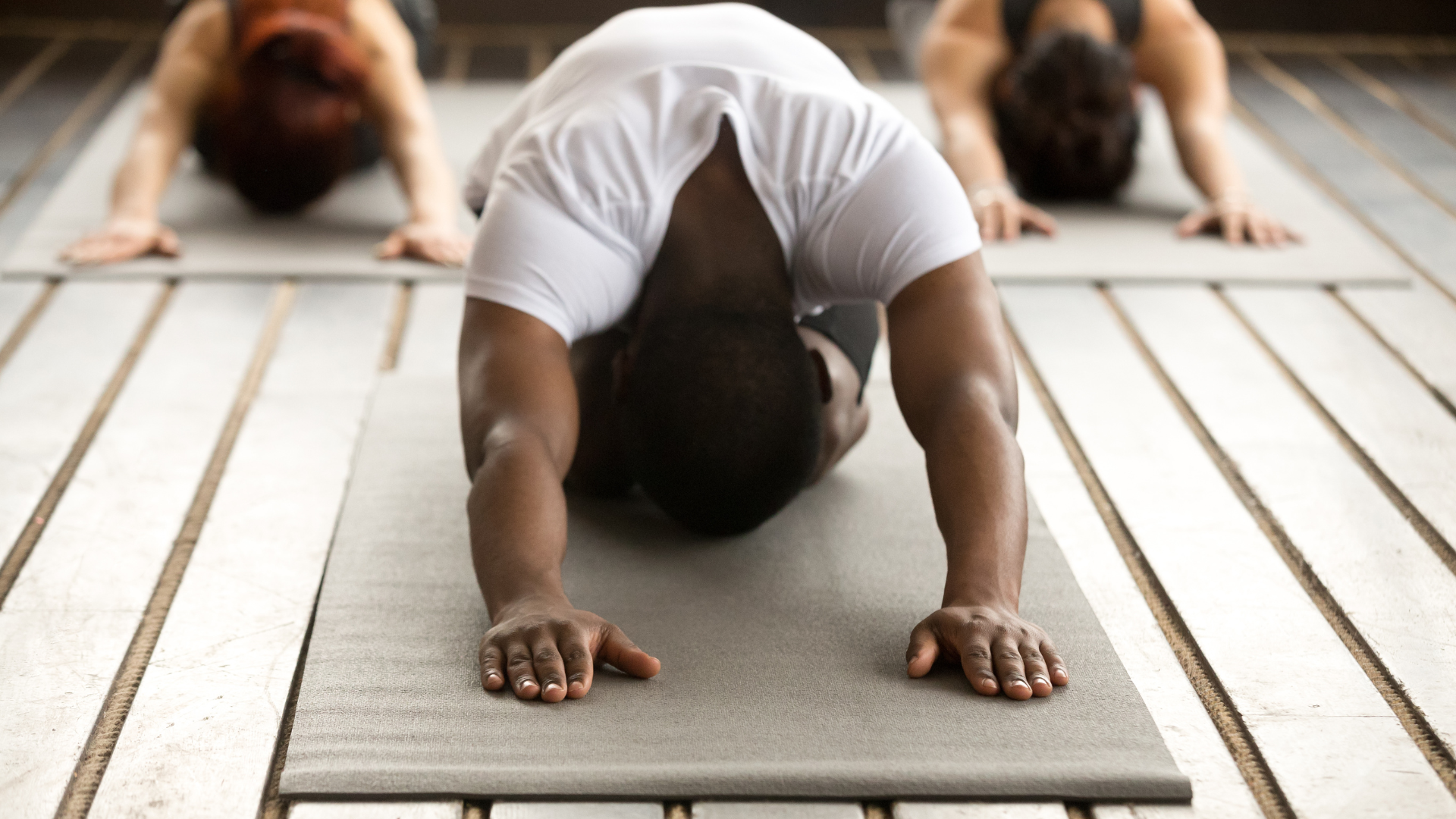
I love teaching slow, mindful, low-risk, nervous system-focused yoga. This is how we develop a sustainable yoga practice. And I will probably (fingers crossed) be able to teach it for years to come. I use my practice to feel better in my body and to feel better about who I am, not to lose weight, look younger, nail a Handstand (Adho Mukha Vrksasana), or accomplish anything other than health, self-understanding, and ease of movement. And that’s all I want to teach too.
The great thing about teaching yoga is that the older I get, the more studying I have under my belt, and the more experience I have, the more I have to share, the more people I can help, and the better I become at teaching. And I have lots of role models.
Sustainable Yoga Practice—and Teaching—Get Better with Age
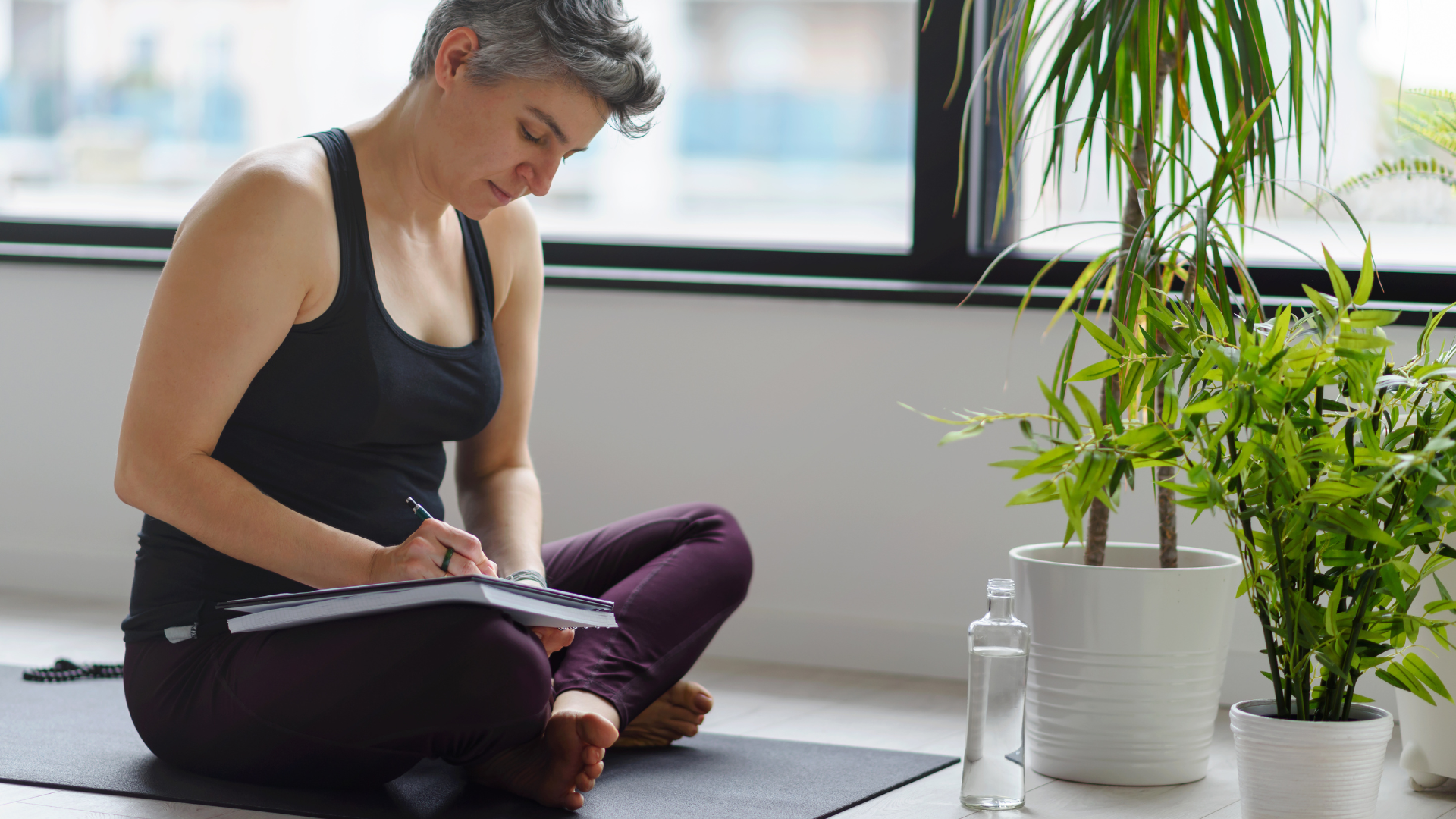
Did you know that famed yoga teacher Indra Devi lived to be 102? She was one of the first women whom Krishnamacharya agreed to teach, and she became well-known in Hollywood in the 1940s and 1950s. She taught Greta Garbo, Eva Gabor, Yul Brenner, and Marilyn Monroe.
Geeta Iyengar taught yoga most of her adult life until she died in her 70s. As the oldest daughter of B.K.S. Iyengar, she carried on his lineage and specialized in yoga for women’s health. Then there are folks like Nischala Joy Devi, whose book The Secret Power of Yoga is a sweet and practical interpretation of the Yoga Sutras; Judith Hanson Lasater, who started teaching in 1971 and is still a tour de force; and Angela Farmer, whose yoga teacher “untraining” idea was brilliant, and way before its time.
I am also inspired by all the not-so-famous older yoga teachers like Ida Herbert, who taught in Canada, and Connie Dennison in Scotland. There are so many of them. And they all got better with age.
Elder Yoga Teachers Can Create a Healthier Yoga World
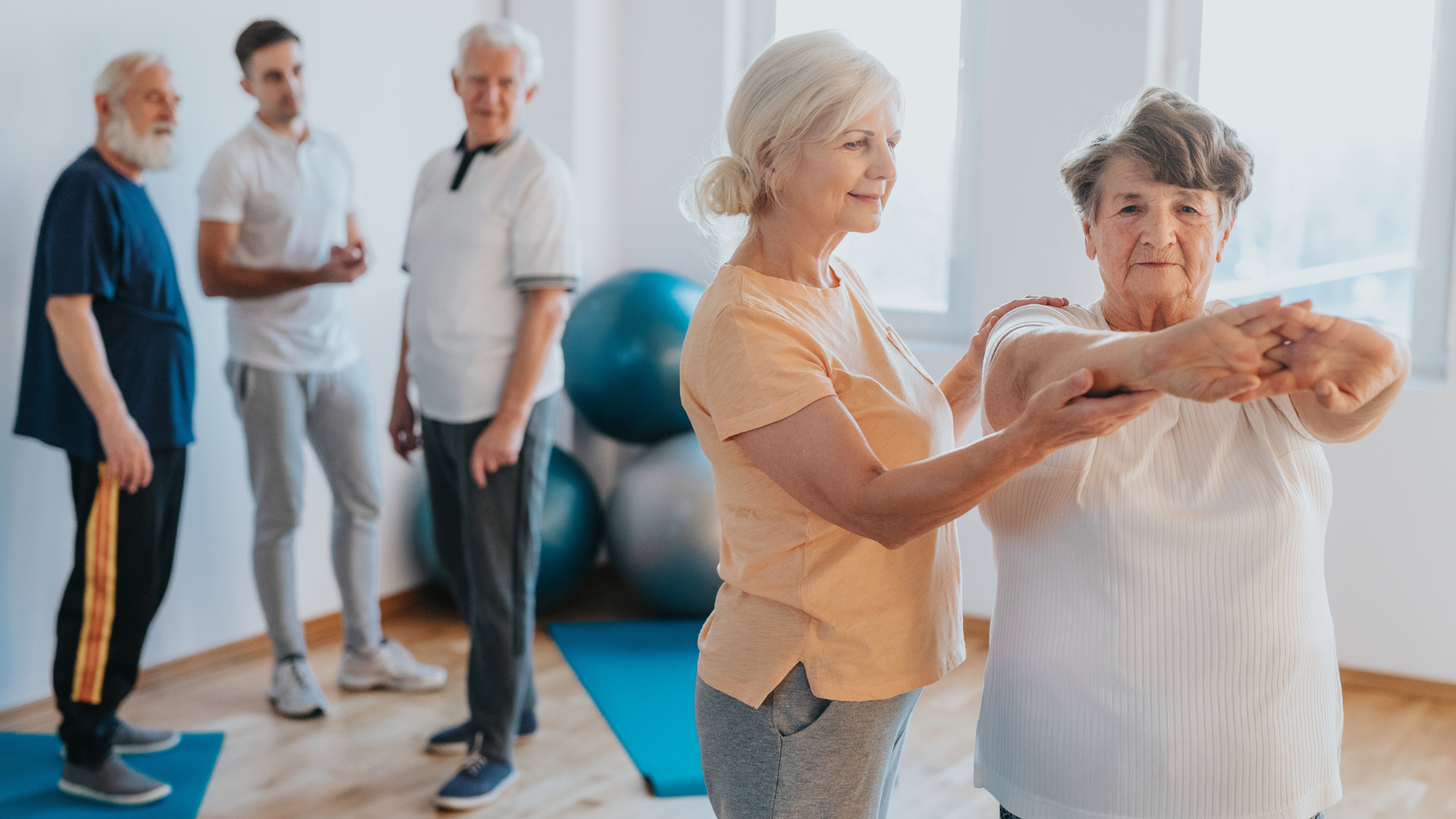
No one wins the rat race. We will all go gently into that good night. But for older women yoga teachers, instead of raging against the dying of the light, we may want to consider raging against the sexism and ageism that tells us to fade away quietly. We may wish, instead, to lay the foundation of a healthier yoga world for the women teachers who will come after us.
The second half or third of life is the best time to step into wisdom, knowledge, authority, service, and power. To uplift the next generation, we need to be willing to ruffle a few feathers.
For me, older teachers have been important role models and shining beacons. Because yoga is not about how you look, it’s about how you feel. And if you are doing sustainable yoga practice as you age, you will feel “mahvelous.”
Also, read...
Teaching Svadhyaya: 3 Ways to Encourage Self-Study in Yoga
Dec 15 – Meagan McCrary
In Celebration of Gray-Haired Yoga – Busting the Myth of the Yoga Body
Dec 12 – Charlotte Bell
Related courses
Reprinted with permission from Subtle Yoga/Kristine Kaoverii Weber.

 Committed to the widespread adoption of yoga as a population health strategy, Kristine Kaoverii Weber, MA, C-IAYT, eRYT500, YACEP has been studying yoga and holistic healing for nearly 30 years advocating, speaking, and teaching about yoga since 1995, and training educators since 2003. Her organization, Subtle® Health, LLC, provides holistic, mind-body training, education, and clinical services with the mission of enhancing community health infrastructure. She is the director of the Subtle® Yoga Teacher Training for Behavioral Health Professionals program at MAHEC in Asheville, NC, presents workshops and trainings internationally, and is frequently invited to speak about yoga at health care conferences. After completing her BA and MA at Georgetown University, Kristine trained extensively in many styles of yoga, including Viniyoga, as well as in Asian bodywork therapy and homeopathy.
Committed to the widespread adoption of yoga as a population health strategy, Kristine Kaoverii Weber, MA, C-IAYT, eRYT500, YACEP has been studying yoga and holistic healing for nearly 30 years advocating, speaking, and teaching about yoga since 1995, and training educators since 2003. Her organization, Subtle® Health, LLC, provides holistic, mind-body training, education, and clinical services with the mission of enhancing community health infrastructure. She is the director of the Subtle® Yoga Teacher Training for Behavioral Health Professionals program at MAHEC in Asheville, NC, presents workshops and trainings internationally, and is frequently invited to speak about yoga at health care conferences. After completing her BA and MA at Georgetown University, Kristine trained extensively in many styles of yoga, including Viniyoga, as well as in Asian bodywork therapy and homeopathy.
She is the author of The Complete Self Massage Workbook and has published articles in the International Association of Yoga Therapist’s journal, Yoga Therapy in Practice, and other wellness publications. Her work has been featured in Redbook, BodySense, Women’s World, Natural Health, and Lifetime TV.
Recent articles
Creating a Samskara of Gratitude: Transforming Your Yoga Practice and Your Life (Free Video with Judith Hanson Lasater)
Dec 16 – Eva Norlyk Smith, Ph.D.
Teaching Svadhyaya: 3 Ways to Encourage Self-Study in Yoga
Dec 15 – Meagan McCrary
In Celebration of Gray-Haired Yoga – Busting the Myth of the Yoga Body
Dec 12 – Charlotte Bell
Categories
Upcoming courses
Recent articles
Almost there...
Sorry, we couldn't find anything...
Yoga Teaching
Creating a Samskara of Gratitude: Transforming Your Yoga Practice and Your Life (Free Video with Judith Hanson Lasater)
How Your Practice Can Cultivate a Richer Emotional Life We usually think of yoga…
Dec 16 – Eva Norlyk Smith, Ph.D.
Yoga Practice Tips
Teaching Svadhyaya: 3 Ways to Encourage Self-Study in Yoga
As yoga teachers, our job is to teach yoga. This means more than…
Dec 15 – Meagan McCrary
Yoga Practice Tips
In Celebration of Gray-Haired Yoga – Busting the Myth of the Yoga Body
I found my first grey hair when I was 22. It wasn’t completely shocking.…
Dec 12 – Charlotte Bell



